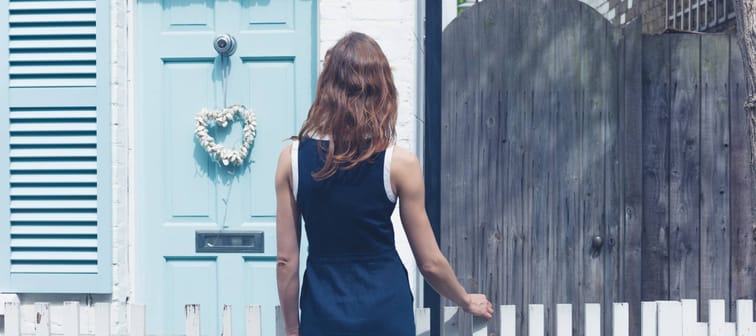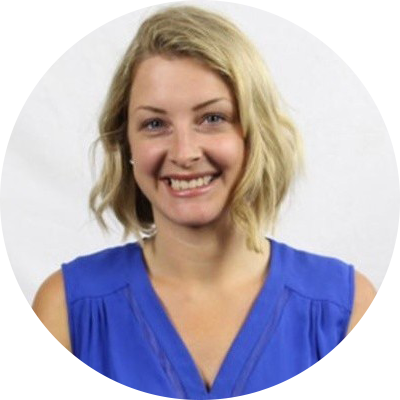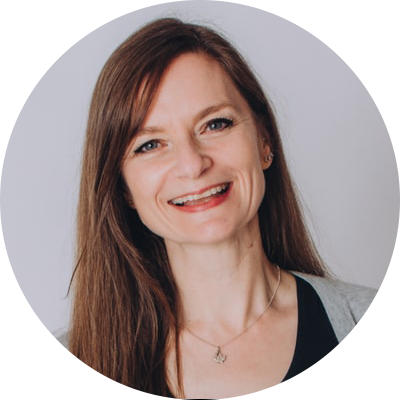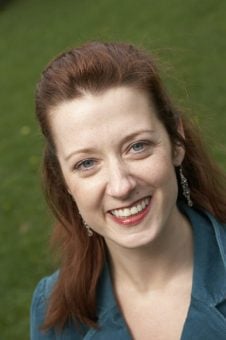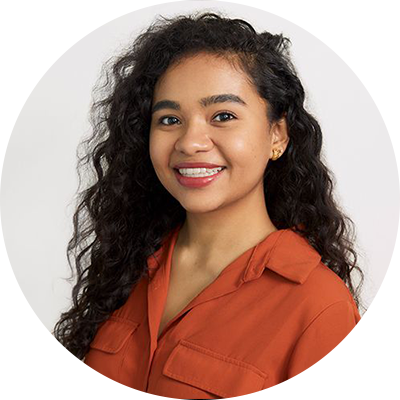The Home Buyer’s Plan
The HBP allows you to withdraw up to $35,000 from your RRSP. The withdrawn money must then be used as a down payment for a home.
“The HBP is considered a ‘loan,’” says Gray. “Funds taken out of your RRSP to use to buy your first home must be paid back into your RRSP within 15 years.”
Typically you would be taxed on withdrawals from your RRSP. However, the HBP offers one way to use the funds without them counting as taxable income. If the funds are repaid on schedule, they are not added to your taxable income.
To use the HBP you must meet the following criteria:
- You haven't owned a home in the past four years or lived in a property owned by your common-law partner or spouse over the last four years
- The home you intend to purchase or construct must be your primary residence (and you must move in within one year of purchase)
- You are a Canadian resident.
Your repayments will begin the second year after your withdrawal. So if you withdrew in 2023, repayments will start in 2025.
Empower Your Investments with Q Trade
Discover Q Trade's award-winning platform and take control of your financial future. With user-friendly tools, expert insights, and low fees, investing has never been easier.
Start Trading TodayFirst Home Savings Account
With a FHSA, eligible Canadians can invest $8,000 per year, up to a maximum of $40,000. While it’s not yet available, the First Home Savings Account (FHSA) will be made available come April.
There is also no reason why you couldn’t use the HBP and FHSA together. The HBP won’t be discontinued after the FHSA is introduced. Through it, you can invest $8,000 per year, up to $40,000. So by maximizing both programs, Gray says you could put $75,000 toward a down payment, along with any investment growth you achieved through the FHSA.
“FHSA withdrawals do not have to be paid back into the account,” Gray says. “Qualifying FHSA withdrawals are tax-free…and there is no limit to what you can withdraw.”
High-interest savings account
If you’re not as keen on investing, and merely want to keep your cash safe, a high interest savings account (HISA) could be a strong option. Here, you can grow your savings, and earn high interest rather than attempting to beat the market.
For example, EQBank offers a HISA with 2.5% interest. While this might seem low, it’s still guaranteed earnings. That certainly beats nothing, and definitely is better than risky investments for a loss.
More: Compare the best high-interest savings accounts in Canada
Unexpected vet bills don’t have to break the bank
Life with pets is unpredictable, but there are ways to prepare for the unexpected.
Fetch Insurance offers coverage for treatment of accidents, illnesses, prescriptions drugs, emergency care and more.
Plus, their optional wellness plan covers things like routine vet trips, grooming and training costs, if you want to give your pet the all-star treatment while you protect your bank account.
Get A QuoteGuaranteed Investment Certificates
Another option is taking advantage of the high rates associated with Guaranteed Investment Certificates (GIC). Some rates are far higher than they have been in years, with some banks offering 4.75% for a one-year GIC, for example.
“GICs are one of the safest ways to protect and grow your money,” says Gray. “They include short or longer-term options. Your interest rate is guaranteed, so you don’t need to worry about changes in the markets or economy.”
That guarantee goes a long way, but more benefits include that principal and interest payments are guaranteed, there are multiple term and interest payment options, and you can even have equity-linked GICs for a potential higher return.
Invest
If your risk tolerance allows for it, you can also use your Tax-Free Savings Account (TFSA) to make a low-risk investment. Here, your earnings and withdrawals are tax free, and you can save for both short and long-term goals.
“Your TFSA can hold a variety of investments as well as cash, and it’s through investing the funds you contribute to your TFSA that you can help grow your savings for a down payment,” says Gray.
If you are interested in investments with higher risk you can also dip your toe into the waters with a simple app that only requires a $500 initial investment.
Whatever you choose, speak to an advisor
No matter what option you choose, Canadians looking to buy their first home and create savings should speak with a financial advisor. Not only will they help you make the right choice for keeping your savings safe, they’ll identify tax incentives as well.
“Consider all the tax incentives available and don’t leave any money on the table. Speaking to an advisor can help you navigate the tax savings and implications associated with home ownership,” Gray says. “Because buying a house is much more than monthly mortgage payment.”
Sponsored
Trade Smarter, Today
With CIBC Investor's Edge, kick-start your portfolio with 100 free trades and up to $4,500 cash back.
